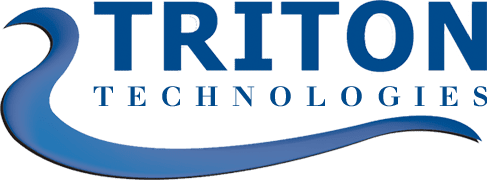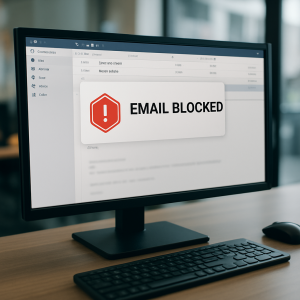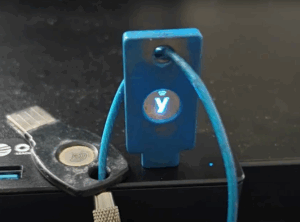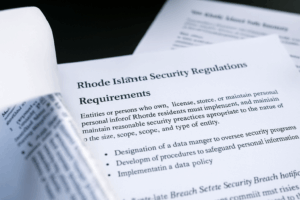Educational institutions are undeniably becoming more dependent on technology to enrich learning experiences, streamline administrative processes, and enhance communication. However, this growing reliance comes with substantial risks. Recent reports highlight that the education sector has emerged as a prime target for cybercriminals, encountering an alarming average of 8,195 attacks per week, which is more than double the global average. As the digital landscape continues to evolve, it is imperative for educational organizations to implement robust cybersecurity measures to protect sensitive information, secure their networks, and foster a safe learning environment for both students and staff.
The Growing Threat Landscape
The rise in cyberattacks targeting educational institutions is driven by several factors. Educational organizations store vast amounts of personal and financial information, including student records, faculty data, and payment information. This treasure trove of sensitive data is highly attractive to cybercriminals, who may exploit vulnerabilities for financial gain or to perpetrate identity theft.
Moreover, many educational institutions operate with limited budgets and resources, often lacking the cybersecurity expertise necessary to defend against sophisticated attacks. The transition to online learning and increased use of cloud services during the COVID-19 pandemic have further exacerbated these vulnerabilities, as schools and universities scramble to implement new technologies without adequate security measures in place. Given this backdrop, it is imperative for educational institutions to prioritize cybersecurity and develop comprehensive strategies to mitigate risks.
Explore our Managed Service Offerings
Worcester’s Top Managed Service Provider
Key Cybersecurity Measures for Educational Institutions
1. Conduct Regular Risk Assessments
The first step in enhancing cybersecurity in education is to conduct regular risk assessments. Educational institutions should evaluate their existing security posture, identify potential vulnerabilities, and assess the likelihood and impact of various threats. By understanding the specific risks they face, institutions can prioritize their cybersecurity efforts and allocate resources effectively.
2. Implement Strong Access Controls
Access control measures are essential for protecting sensitive information. Educational institutions should implement a role-based access control (RBAC) system, ensuring that only authorized personnel can access specific data and systems. This minimizes the risk of insider threats and reduces the potential damage from compromised accounts. Additionally, institutions should enforce strong password policies, requiring complex passwords and regular password changes.
3. Provide Cybersecurity Training and Awareness Programs
Human error is one of the leading causes of cybersecurity breaches. Educational institutions should invest in comprehensive cyber security training programs for faculty, staff, and students. These programs should cover topics such as recognizing phishing attempts, safe browsing practices, and proper data handling procedures. By fostering a culture of cybersecurity awareness, institutions can empower individuals to make informed decisions and reduce the likelihood of successful attacks.
4. Secure Network Infrastructure
A secure network infrastructure is critical for preventing unauthorized access and protecting sensitive data. Educational institutions should implement firewalls, intrusion detection systems (IDS), and intrusion prevention systems (IPS) to monitor network traffic and block potential threats. Additionally, institutions should segment their networks to isolate sensitive systems from less secure areas, limiting the impact of a potential breach.
5. Regularly Update and Patch Software
Keeping software up to date is vital for maintaining a secure environment. Educational institutions should establish a routine for regularly updating and patching all software, including operating systems, applications, and security tools. Cybercriminals often exploit known vulnerabilities in outdated software, so timely updates are essential for reducing risk.
6. Implement Data Encryption
Data encryption is an effective way to protect sensitive information from unauthorized access. Educational institutions should encrypt data both at rest and in transit, ensuring that even if data is intercepted or accessed without authorization, it remains unreadable without the appropriate decryption key. This adds an additional layer of security, particularly for sensitive student and financial information.
7. Establish Incident Response Plans
Despite the best preventive measures, cyberattacks can still occur. Educational institutions should develop comprehensive incident response plans that outline the steps to take in the event of a breach. This includes identifying key personnel, establishing communication protocols, and detailing procedures for containing and mitigating the impact of an attack. Regularly testing and updating these plans will ensure that institutions are prepared to respond effectively to potential incidents.
8. Invest in Cybersecurity Solutions
Educational institutions should consider investing in cybersecurity solutions, such as endpoint protection, security information and event management (SIEM) systems, and threat intelligence services. These tools can help organizations detect and respond to threats in real-time, providing an additional layer of protection against cyberattacks. Collaborating with trusted cybersecurity vendors can also provide access to expertise and resources that may not be available in-house.
9. Foster a Collaborative Approach
Cybersecurity is a shared responsibility that requires collaboration among all stakeholders within educational institutions. Administrators, IT staff, faculty, and students must work together to create a secure environment. Encouraging open communication about cybersecurity concerns and establishing clear policies can foster a culture of accountability and vigilance.
10. Stay Informed and Adapt
The cyber security landscape is constantly evolving, with new threats emerging regularly. Educational institutions must stay informed about the latest trends and developments in cybersecurity. This includes participating in industry forums, attending training sessions, and subscribing to threat intelligence feeds. By remaining adaptable and proactive, institutions can better prepare for potential challenges and protect their communities.
Discover our IT Solutions for Your Industry
Worcester’s Top Managed Service Provider
How Triton Technologies Can Help
At Triton Technologies, we understand the unique challenges faced by educational institutions in today’s digital landscape. Our customized IT solutions for education are designed to enhance your cybersecurity posture and protect sensitive data. We offer comprehensive services, including risk assessments, cyber security training, and the implementation of advanced security measures tailored to meet the specific needs of your institution.
Our team of experts is dedicated to collaborating with you to develop a robust cybersecurity strategy that ensures the safety and integrity of your data. By leveraging our expertise, you can focus on your core mission of providing quality education while we safeguard your digital environment.
Whether you require ongoing support, incident response planning, or the implementation of cutting-edge cybersecurity solutions, Triton Technologies is here to assist you. Together, we can create a secure and resilient digital infrastructure that empowers your institution and protects the future of your students. Contact us today to learn more about our Managed Service offerings.
Discover Our Compliance Management Solutions
Worcester’s Leading Provider of Compliance Services



